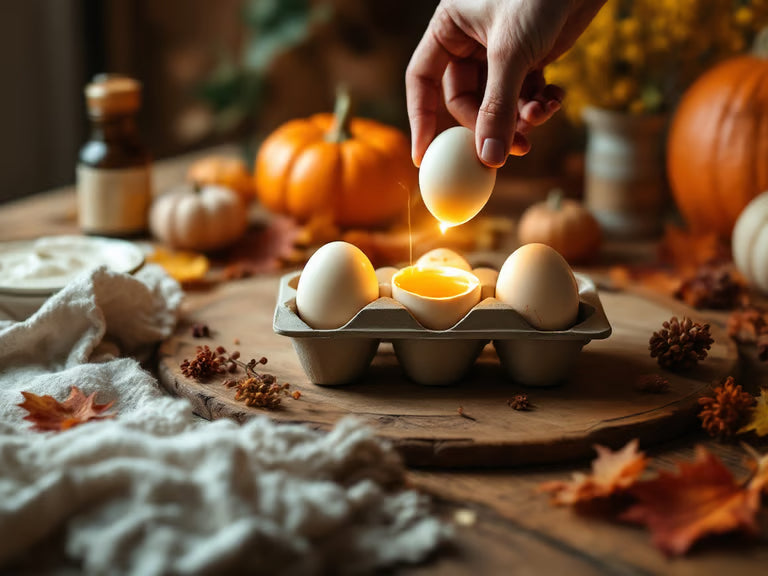Candling turkey eggs is one of the most helpful ways for you to ensure a healthy hatch, especially if you’re getting ready for a Thanksgiving feast. By shining a bright light through each egg, you can spot cracks, confirm fertility, and remove any duds before they jeopardize the rest of your hatchlings. It might seem a little high-tech at first, but candling quickly becomes second nature once you get the basics down. Ready to give your future turkeys the best start? Let’s dive in.
Recognize why candling matters
Candling isn’t just about peeking inside an egg. It helps you catch issues before they spoil the rest of the batch. For instance, hairline cracks can welcome unwanted bacteria, which could seriously affect your hatch rate. Plus, spotting infertile or dead eggs early on stops them from becoming rotten or, in the worst case, exploding. You’ll save yourself a headache by removing these troublemakers sooner rather than later. Basically, candling is your frontline defense for a healthy turkey brood.
Identify the best timing
Most hatchers recommend candling your turkey eggs twice during incubation. The first check is around day 7, when an embryo’s veins (if present) are large enough to see through the shell. This is your big chance to confirm fertility and discard anything that’s clearly not developing.
Your second candling session usually happens around day 14. By then, the embryo should be significantly larger, making it easier to see movement and defined growth. After that point, the chick fills most of the egg’s space, so you won’t see much else. It also helps to avoid handling the eggs too late in incubation, as you don’t want to disrupt the chick’s final positioning for hatching.
Check embryo development
When you candle at day 7, look for web-like veins branching from a small dark spot. That’s your growing embryo in action. You’ll likely see more pronounced movement by day 14. If the egg is simply glowing with a faint yolk shadow and no veins, it’s probably infertile. It’s also possible to find blood rings, which indicate a chick that started to develop but died early on. Removing these problem eggs will free up valuable incubator space and reduce any chance of contamination.
Handle tricky situations
Not every turkey egg you candle will follow the script. Here are two situations you might face:
Double-yolk eggs
Occasionally, an egg will contain two yolks. While it’s exciting to think about hatching twin poults (young turkeys), space and resources inside the shell are limited. Double-yolk eggs rarely hatch successfully, and if they do, one or both poults might need extra help and can face developmental issues. If you spot two yolks, know that you’re in for a challenge. Keep it if you’d like to try your luck, but be prepared for extra monitoring—and the possibility that both chicks won’t survive.
Dark-shelled eggs
Some turkey varieties produce eggs with darker or thicker shells, making candling trickier. Don’t panic. Instead, grab the brightest flashlight you can find and practice on lighter eggs first to develop your eye. Even with the best flashlight, details in dark-shelled eggs may still be vague, so look for subtle hints like slight veining or a growing shadow that changes size between your two candling sessions.
Support healthy turkey chicks
Once you’ve removed any non-developing or cracked eggs, you’re well on your way to a successful turkey hatch. Keep the incubator’s temperature and humidity levels steady, avoid jostling the eggs, and trust the process. The final days are a bit of a waiting game, but if you candled correctly, you’ve done almost everything you can to encourage a strong hatch.
With candling in your toolkit, you’ll catch potential problems early, free up space in your incubator, and give every fertile egg a fighting chance for a healthy Thanksgiving arrival. Whether you’re raising a small backyard flock or planning a larger-scale operation, these simple checks can make a big difference. Give it a try, and before you know it, you’ll be hearing the soft peeps of newly hatched turkey chicks. Good luck!

